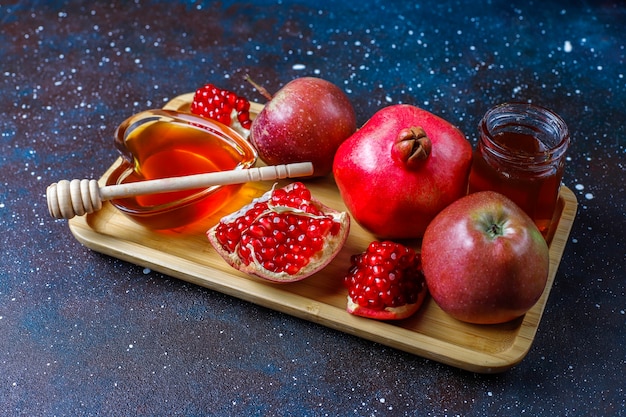Oregano, scientifically known as Origanum vulgare, is a familiar herb similar to marjoram, or “garden oregano” (Origanum majorana). While they share some medicinal properties, they each bring unique flavors to different dishes.
Oregano and marjoram have distinct tastes and uses in cooking. Understanding their differences is crucial for anyone passionate about cooking, as it can affect the flavor and success of a dish.
Oregano is a versatile and aromatic herb with a strong, slightly bitter flavor and a hint of warmth. It pairs well with meats, enhancing their natural flavors without overpowering them. Common in Italian, Mexican, and Mediterranean cuisines, it seasons pizzas, pastas, grilled meats, and stews. Its pungent taste also makes it ideal for marinades and dressings, adding depth to various dishes.
Marjoram has a more subtle, sweet flavor with a floral and woody aroma. It is less common but valuable, especially in seafood dishes. Marjoram complements light, fresh flavors, making it excellent for seasoning grilled or poached fish, seafood pastas, and soups. It’s also a great addition to sauces, salad dressings, and vegetable dishes, enhancing without overpowering other ingredients.
Although oregano and marjoram belong to the same botanical family, Lamiaceae, they have unique culinary uses and flavor profiles. Oregano retains its flavor even after prolonged cooking, making it suitable for dishes that require simmering or baking. Marjoram, more delicate, is best added toward the end of cooking to preserve its flavor and aroma.
Oregano also boasts significant health benefits. It contains powerful antibacterial compounds like carvacrol and thymol, making it effective in herbal teas for relieving cold and flu symptoms and aiding digestion.
Oregano is a nutritional powerhouse despite being used in small amounts. It is rich in vitamins and minerals such as iron, calcium, potassium, vitamin B3 (niacin), pro-vitamin A (retinol equivalents), vitamin E (tocopherols), and vitamin C (ascorbic acid).
Oregano is a perennial herb growing between 30 to 80 centimeters tall, recognizable by its red stems, green rounded leaves, and pink or purple flowers. It can reproduce through stolons鈥攈orizontal branches that root in soil鈥攐r by planting seeds directly. In organic farming, oregano is valuable not only for its culinary and medicinal qualities but also as a natural pest deterrent.
In summary, oregano is a versatile herb with a rich history and numerous applications, from culinary uses to medicinal benefits. Its unique flavor, health benefits, and nutritional profile make it a must-have in any kitchen.







